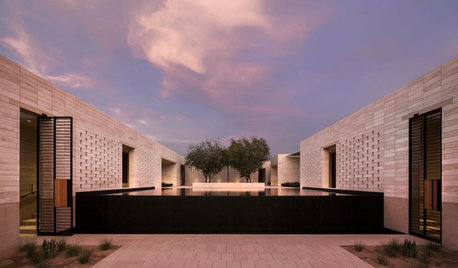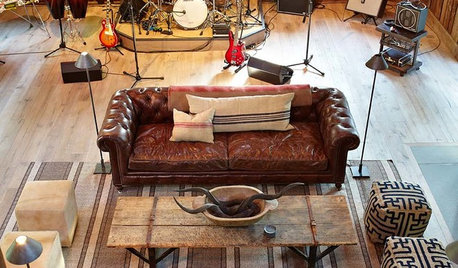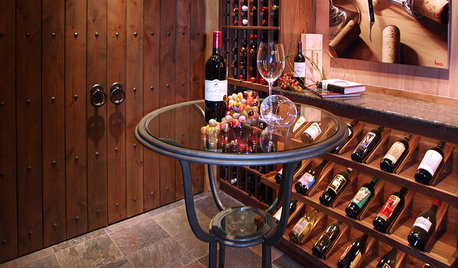residential humidity control through reheat
ionized_gw
11 years ago
Featured Answer
Comments (16)
zl700
11 years agobrickeyee
11 years agoRelated Professionals
Elizabeth Solar Energy Systems · Emeryville Solar Energy Systems · Hayward Solar Energy Systems · Hemet Solar Energy Systems · Eden Prairie Solar Energy Systems · Ashburn Home Automation & Home Media · Castle Rock Home Automation & Home Media · El Monte Home Automation & Home Media · Franklin Home Automation & Home Media · Half Moon Bay Home Automation & Home Media · Norridge Home Automation & Home Media · Pasadena Home Automation & Home Media · Safety Harbor Home Automation & Home Media · South Euclid Home Automation & Home Media · Tooele Fireplacesionized_gw
11 years agobrickeyee
11 years agoionized_gw
11 years agobrickeyee
11 years agoenergy_rater_la
11 years agoionized_gw
11 years agoMichael Richardson
6 years agolast modified: 6 years agoMichael Richardson
6 years agolast modified: 6 years agoHU-691557547
3 years agoMichael Richardson
3 years agoHU-691557547
3 years agoMichael Richardson
3 years agolast modified: 3 years agoMichael Richardson
2 years ago
Related Stories

ARCHITECTUREModern Homes That Control the Sun
See architecture that creates shade and manages temperatures — and offers some much-needed visual escapism
Full Story
LANDSCAPE DESIGNHow to Move Water Through Your Landscape
Swales, underground pipes or a mix of both: There’s more than one way to distribute water in the garden
Full Story
CONCRETEWhy Concrete Wants to Crack
We look at the reasons concrete has a tendency to crack — and what you can do to help control it
Full Story
THE ART OF ARCHITECTURESound Advice for Designing a Home Music Studio
How to unleash your inner guitar hero without antagonizing the neighbors
Full Story
SAVING WATER11 Ways to Save Water at Home
Whether you live in a drought-stricken area or just want to help preserve a precious resource, here are things you can do to use less water
Full Story
GARDENING FOR BUTTERFLIESGreat Design Plant: Ocotillo for High-Reaching Flair
Add a dramatic accent to a dry landscape with this striking desert plant silhouetted against the sky
Full Story
GARDENING GUIDESTop 10 Native Plants for the Northeast
For a low-maintenance, wildlife-friendly landscape, use native plants adapted to the climate and range of soils in the Northeast
Full Story
DECORATING GUIDES10 Ways to Hide That Air Conditioner
Feeling boxed in designing around your mini-split air conditioner? Try one of these clever disguises and distractions
Full Story
WINE CELLARSFrom Run-down Basement to Bottoms-Up Wine Cellar
See how a dreary storage room and mechanical space became a sophisticated wine cellar and tasting room
Full Story
FLOORSIs Radiant Heating or Cooling Right for You?
Questions to ask before you go for one of these temperature systems in your floors or walls (yes, walls)
Full Story






ionized_gwOriginal Author